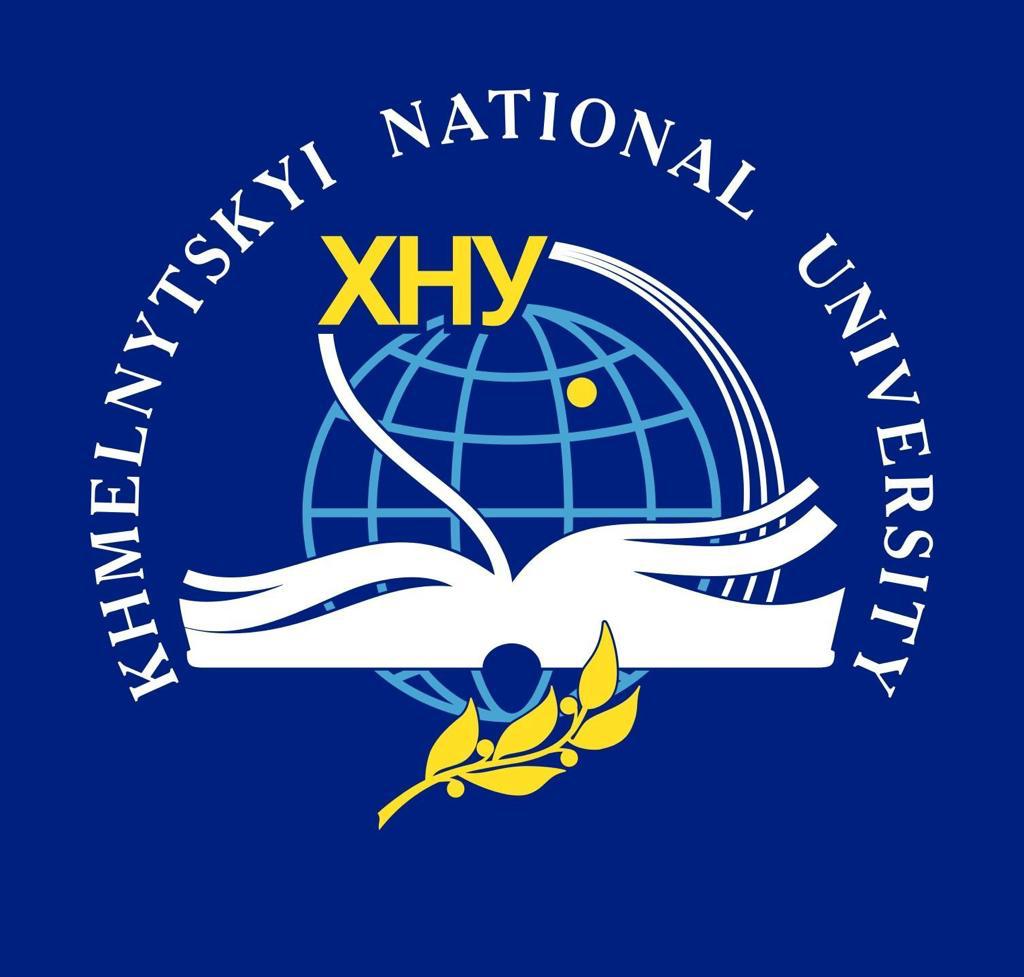FEATURES OF PHYSICAL THERAPY OF ATHLETES AT DIFFERENT STAGES OF RECOVERY
DOI:
https://doi.org/10.31891/pcs.2024.1.25Keywords:
physical therapy, recovery, physical education and sports, physical rehabilitationAbstract
In world medical practice, physical rehabilitation occupies a leading position. The main task of physical rehabilitation is to restore not only physical health but also the social, psychological status, and most importantly, the patient's employability. Today, physical rehabilitation has a powerful arsenal of means of therapeutic physical culture, physiotherapy, therapeutic massage, etc., which contribute to the restoration and strengthening of health.
Significant volumes of loads during training and competitions create additional difficulties in restoring athletic form. This does not allow timely return to a state where the adaptability of the athlete's body is maximal, i.e., further training contributes to achieving more effective sports results.
Recovery is a biological "balancing" of the organism, its individual functions, and components (organs, cells) after intensive muscular and intellectual work; this is an important factor in increasing the efficiency of athletes. In order to restore it and avoid overtraining, it is necessary to use special methods and means that activate recovery processes in the body. Among the pedagogical means of recovery, it is important to correctly combine load and rest at different stages of long-term athlete preparation, correctly structure each individual training session, and use special physical exercises to accelerate recovery.
Understanding the causes of fatigue and physiological mechanisms of recovery, monitoring the corresponding processes, rational use of modern recovery methods and means are important for evaluating the impact of physical exertion on the body, the effectiveness of training programs, identifying overtraining, determining the optimal rest time after physical exercises, and thus are necessary for improving athlete preparation and achieving high results.
References
Vynokurova L. Ozdorovcha himnastyka dlia vsikh: Navch. posib. / Vynokurova L. – Rivne, 2002. – 203 s.
Zhabokrytska O.V. Netradytsiini metody ta systemy ozdorovlennia / Zhabokrytska O.V., Yazlovetskyi V.S. – Kirovohrad, 2001. – 183 s.
Likuvalna fizkultura ta sportyvna medytsyna / Za red. V.V. Klapchuka, H.V. Dziaka. – K.: Zdorovia, 1995. – 312 s.
Murza V.P. Fizychni vpravy i zdorovia / Murza V.P. – K.: Zdorovia, 1991. – 254 s.
Mukhin V.M. Fizychna reabilitatsiia / Mukhin V.M. – K.: Olimpiiska literatura, 2005. – 471 s.
Pieshkova O.V. Vstup do spetsialnosti (Fizychna reabilitatsiia) / Navchalnyi posibnyk / Pieshkova O.V. – Kharkiv, 2007. – 147 s.
Iazlovetskyi V.S. Osnovy fizychnoi reabilitatsii / Yazlovetskyi V.S. Navchalnyi posibnyk. – Kirovohrad, 2004. – 326 s.





